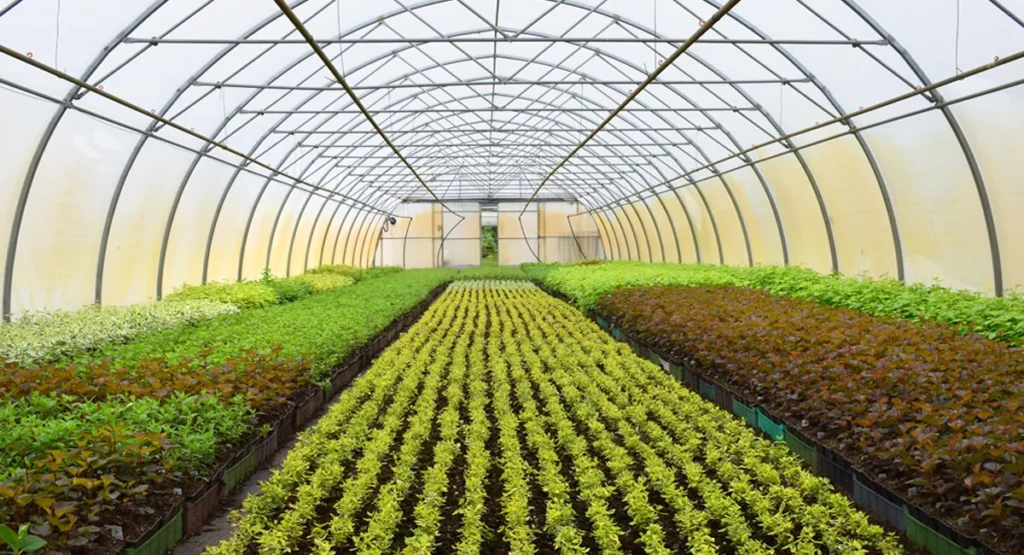
Life on Earth thrives under conditions that seem ordinary but are actually the result of a remarkable natural process: the greenhouse effect. Often misunderstood and sometimes associated only with global warming, the greenhouse effect is, in fact, a vital component of Earth’s climate system. It functions as a protective thermal blanket, keeping the planet warm enough to sustain ecosystems, agriculture, and human civilization. Without it, Earth would be a frozen wasteland with an average temperature of roughly -18°C, far too cold to support life as we know it.
At its core, the greenhouse effect is a simple yet elegant process. Sunlight reaches the Earth, warming the land, oceans, and atmosphere. As the planet absorbs solar energy, it radiates heat back toward space. Certain gases in the atmosphere — carbon dioxide (CO₂), methane (CH₄), water vapor, and nitrous oxide (N₂O) — trap a portion of this heat, preventing it from escaping completely. This natural retention of heat maintains a livable temperature on Earth and creates a stable environment for life. Scientists refer to this as the natural greenhouse effect, distinct from the enhanced greenhouse effect caused by human activities.
The greenhouse effect is fundamental to life on Earth. It ensures that water remains in a liquid state, a prerequisite for all known life forms. Stable temperatures foster diverse ecosystems, from tropical rainforests to polar tundras, allowing countless species to flourish. Human society, too, depends on this thermal balance. Agriculture, infrastructure, and daily human activities are all designed around predictable climatic patterns, made possible by the natural greenhouse effect. Without it, civilization as we know it would not exist.
However, human activities are now intensifying this natural system. The burning of fossil fuels, large-scale deforestation, industrial processes, and modern agriculture release excessive amounts of greenhouse gases into the atmosphere. This intensification, known as the enhanced greenhouse effect, traps more heat than the Earth naturally would, leading to global warming and climate instability. Over the last century, average global temperatures have risen by more than 1.1°C, with consequences that are both far-reaching and increasingly visible.
The impacts of an enhanced greenhouse effect are evident worldwide. Polar ice sheets are melting at unprecedented rates, contributing to rising sea levels that threaten low-lying coastal regions. Heatwaves, droughts, and wildfires have become more frequent and severe, endangering human health and food security. Storms and hurricanes are growing in intensity, causing widespread damage to homes and infrastructure. Ecosystems struggle to adapt, leading to species migration or extinction. Vulnerable populations, particularly in developing nations, bear the heaviest burdens, facing disrupted livelihoods and heightened risks from natural disasters.
Despite the risks, it is essential to remember that the greenhouse effect in its natural form is beneficial and life-sustaining. The challenge lies not in eliminating it but in preventing human-induced imbalances that push the climate system beyond safe limits. Maintaining this balance requires coordinated efforts at local, national, and global levels.
Mitigation strategies are central to preserving the natural greenhouse effect. Reducing greenhouse gas emissions through renewable energy sources, energy-efficient technologies, and sustainable transportation is critical. Forest conservation and reforestation play a key role in absorbing excess carbon dioxide. Technological solutions, such as carbon capture and storage, provide additional ways to manage greenhouse gases. International agreements, including the Paris Agreement, emphasize global collaboration to limit warming and promote climate resilience.
Education and awareness also play an essential role. Understanding the greenhouse effect allows individuals to make informed decisions, from reducing energy consumption to supporting policies that protect the environment. Small actions, when multiplied across communities, can contribute significantly to maintaining Earth’s climate balance.
In conclusion, the greenhouse effect is far more than a scientific term associated with climate change; it is a lifeline for Earth. By regulating the planet’s temperature, it enables ecosystems to thrive, supports human civilization, and sustains the delicate balance necessary for life. However, human activity threatens to destabilize this natural system, underscoring the urgent need for action. Protecting the greenhouse effect requires not only scientific innovation and policy measures but also a collective commitment to sustainability.
Earth’s natural blanket is a reminder of the intricate interconnectedness of life and the environment. Preserving it ensures that future generations inherit a planet capable of sustaining life — a planet where the warmth of the greenhouse effect continues to nurture every ecosystem, every community, and every individual. In understanding and protecting this vital process, humanity safeguards the very foundation of life itself.

